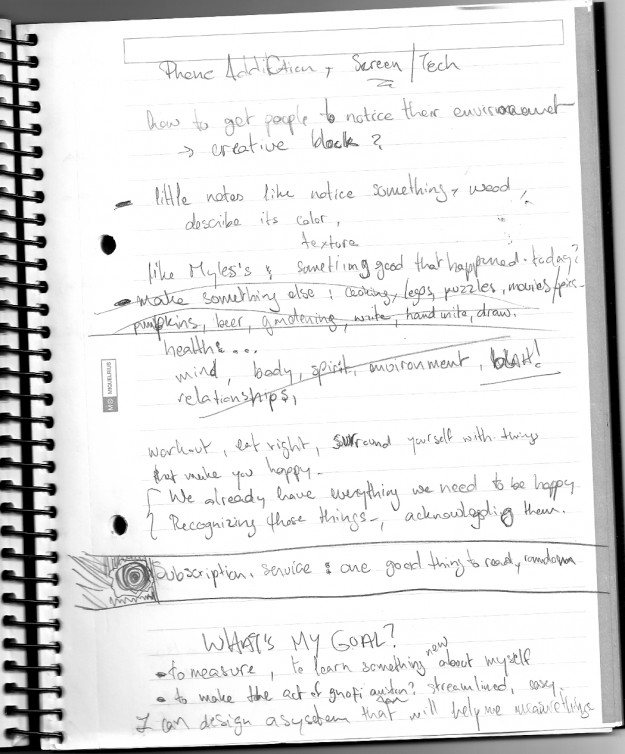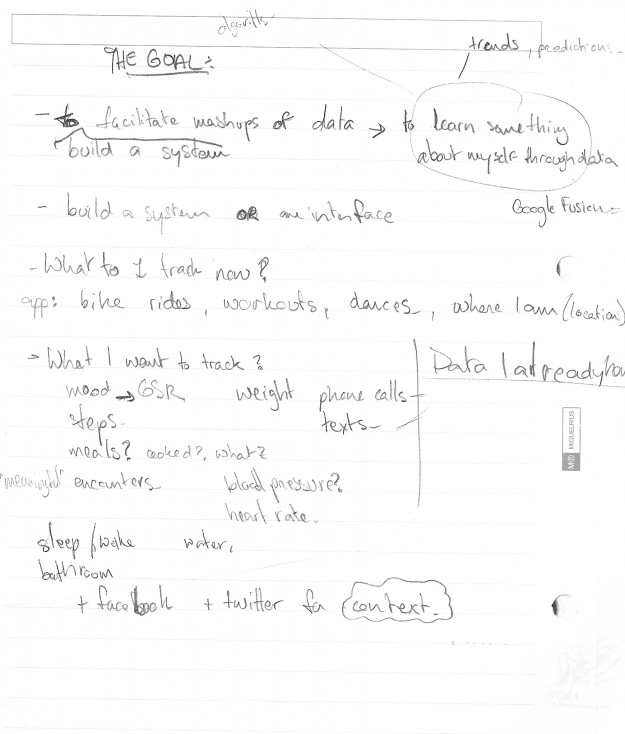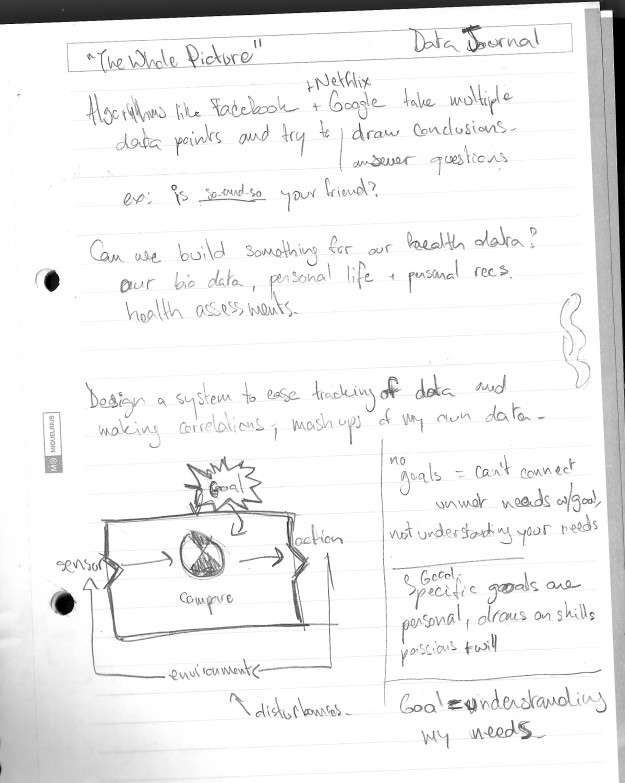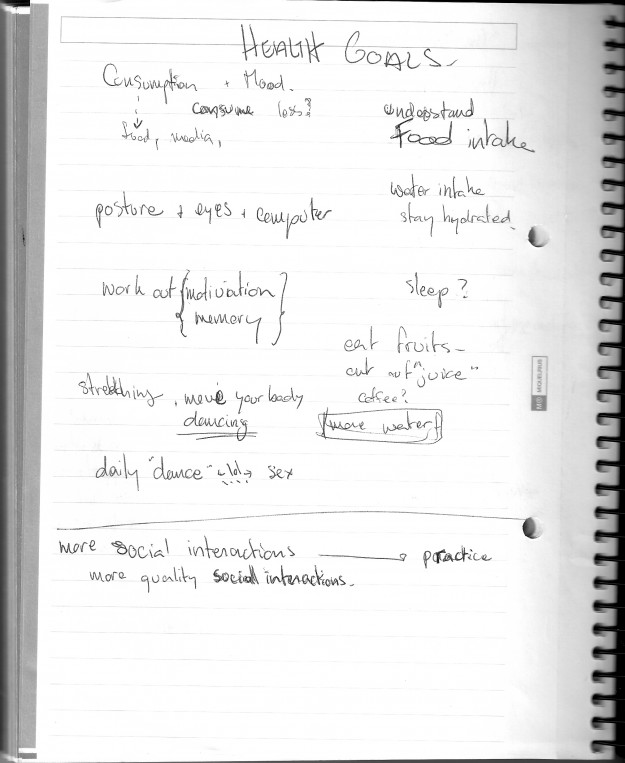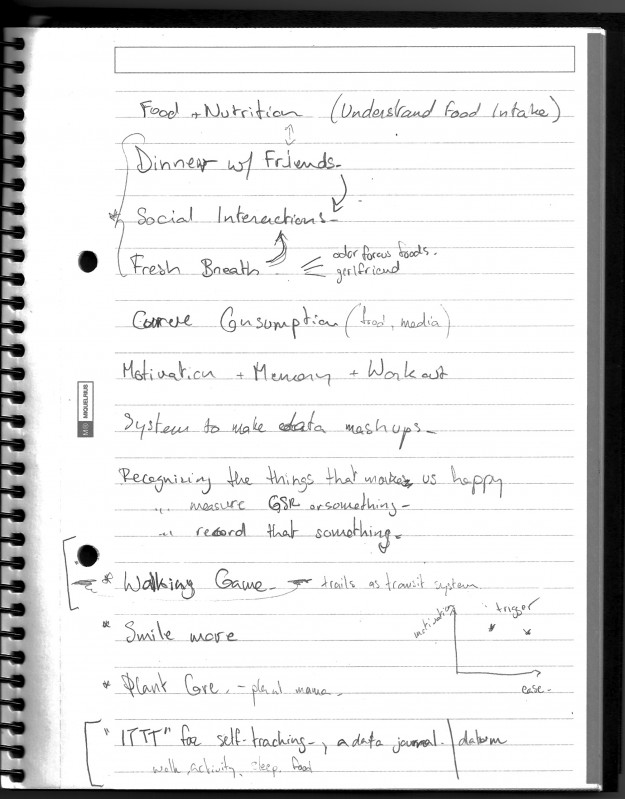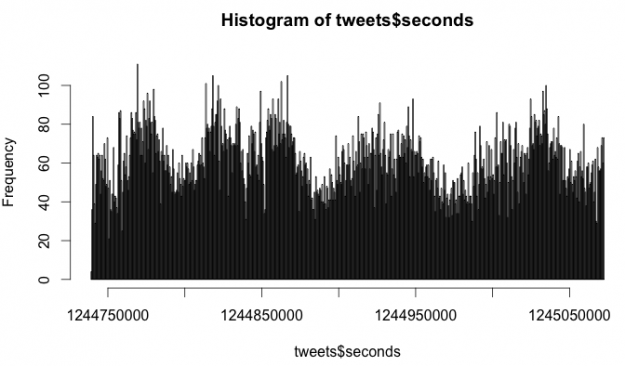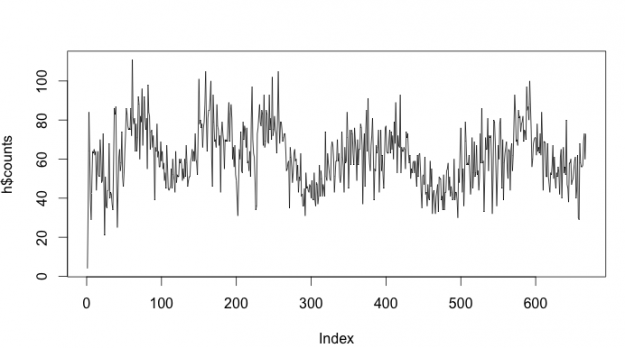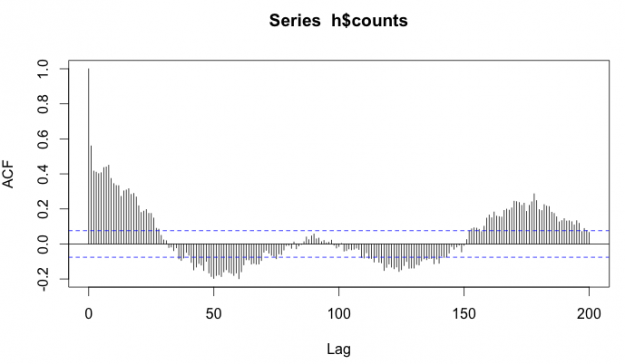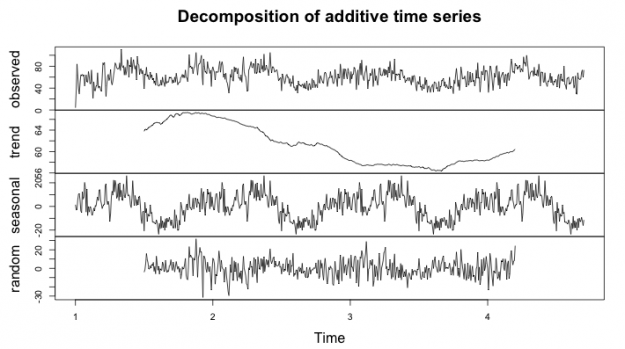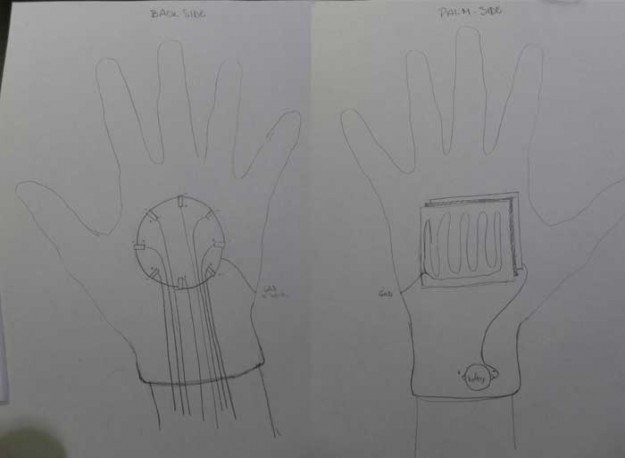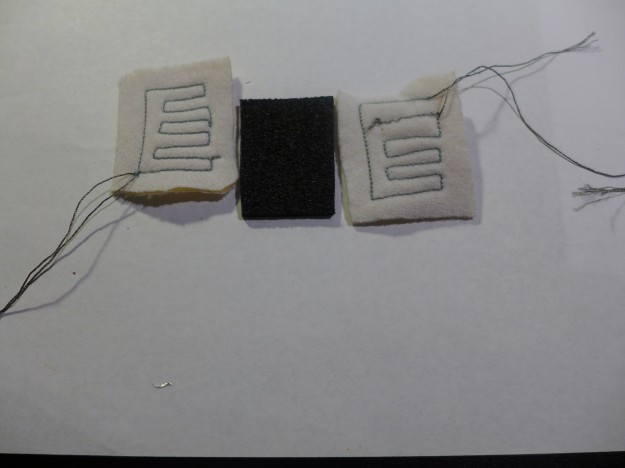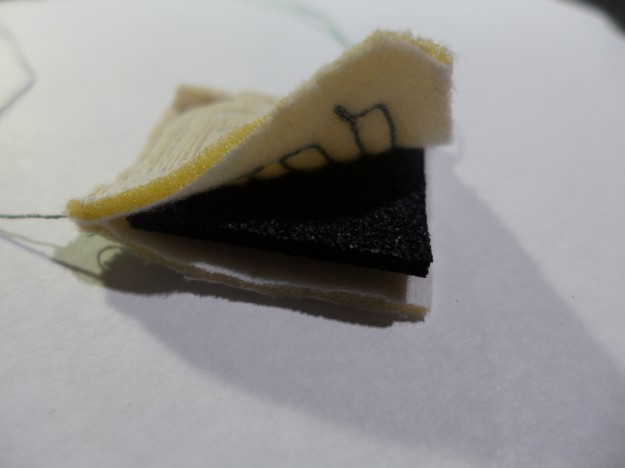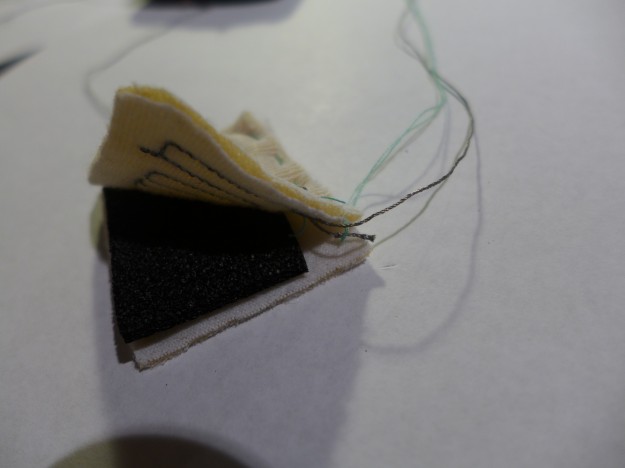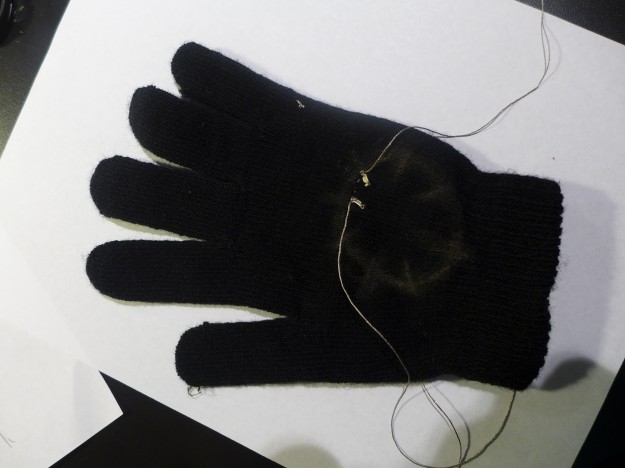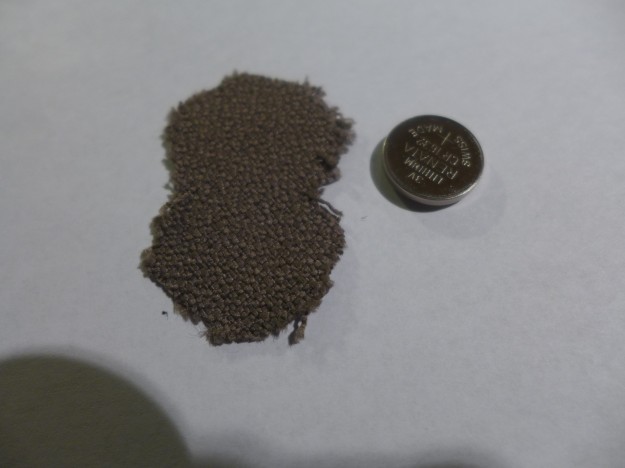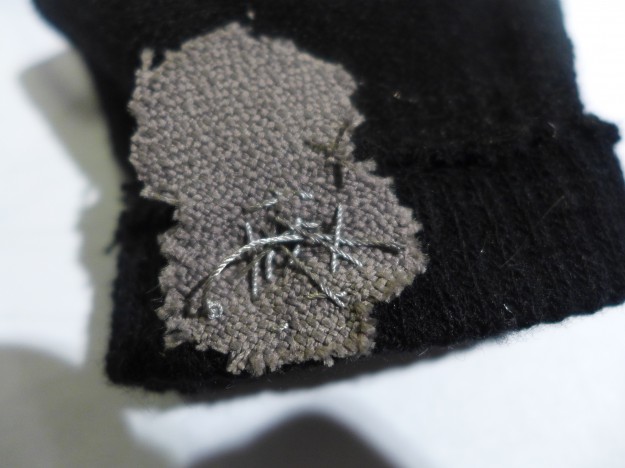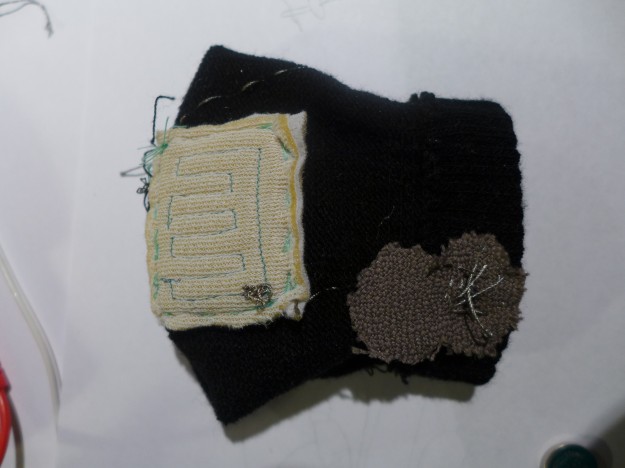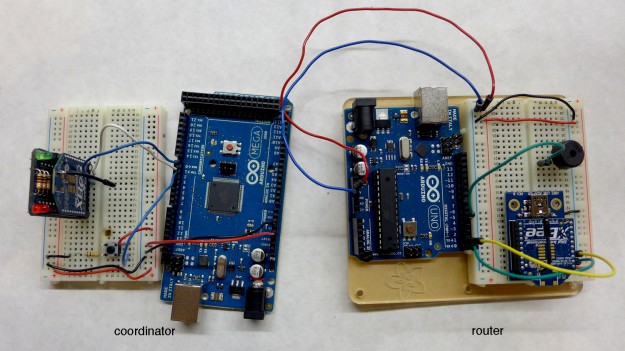Designing the Self: Part 1
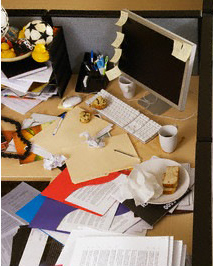
We are creatures of habit. It is most likely that we’ll walk the same route every time, visiting the same places.I rarely take full advantage of lunch breaks. At my previous job, about half the time I would eat my desk, or return to work with at least 30mins left on my break. I would work at my desk, go get food, eat it, and return to work. Hardly a break. Now I am in grad school, and things aren’t too different. Taking walks during my lunch break has always been a distant goal of mine.
I enjoy walks as opportunities to get fresh air, get some sun, clear my head, take a physical and mental break from work, and enjoy a new environment. I return from such a walk refreshed with new perspective, new ideas, or renewed confidence in previous ideas. On a great walk I would have found a shop or plaza or park, some kind of space that I didn’t know about before the walk. I especially treasured quiet spaces in the sun to sit and eat my lunch alone or people watch. I have found that these types of places are pretty rare (or are often occupied by smokers).
I’m interested in building a system that encourages me to take walks during my lunch break (or dinner break if I’m working late) and explore new places in the vicinity. My initial thoughts are to make this like a pacman game. I love designing games and I’m interested in location-aware and navigational software. I think it could be fun for each lunch break, you are presented with a simplified map of the vicinity and pellets along the sidewalks to collect for that turn.
Olya and I experimented on getting ITP students to take a break during their work on computers to do stretches. We set up multiple types of triggers and found that the students generally were open to doing the stretches, that they understood the benefits, and wanted to do them. With a stronger trigger, we think we could have better results.
Coming up with a project for my final assignment, proved to be difficult. It became That Thing in the front of my mind that I just couldn’t piece together. It’s been a stressful 3 weeks. I think in part because we are building a system for ourselves, it can be hard to figure out what you need or want, as opposed to building a system for someone else. My creative block/mental block got worst as each day passed by and I really struggled with working on this more versus taking a break, letting go, doing something else, and coming back with a renewed head.
So this is my idea. Breaks are good. Stepping away can be exactly what we need to get the neurons firing in different places and make new connections between ideas and help solve a problem, ease tension, or bring new perspectives.
I realize that my idea is somewhat similar to Kimi Spenser’s project last year, City Canvas. I’d been mulling over a very similar idea to hers for a separate class, Tech Crafts. I was building on top of side project I started last semester: It was a simplified navigation system that was meant to encourage wondering and getting lost. All the app did was point in the direction you should be going, like a customized compass. It didn’t care if you walk the wrong way. The idea was that we miss out on our surroundings and spacial cues by having a GPS system like Google Maps lay out a trail for us. Here’s more detail on that project here and here. So I really admired Kimi’s take on getting herself to walk more and would love to do something similar specific to going for a walk over lunch break while working.
Another idea could be that the trigger for walk is mental fatigue. But I’m not sure what the sensor is yet.
Designing the Self: Explorations
My random notes and process over the last few weeks in trying to figure out my final project proposal.
Update from 10/26
Social Interactions
Everyone is awkward, I know this. But, some times I feel more awkward than others. Talking to people in social situations can be difficult for me. What do I say? When is the right time to speak? How do I know if what I say matters? What if I don’t have an appropriate story to tell or question to ask? What’s wrong with silence in a conversation?
Being sociable is an expectation that people have.
Speaking in social situations can be difficult for me. It has been something I’ve been working on for as long as I remember, but much more aggressively in the past few years. I was and am usually still known as a quiet or shy person. While I am very comfortable being this way, I’ve learned that there are many good reasons to be more talkative.
- It allows people to get to know me better
- People are genuinely interested in what I have to say
- It allows others to enrich my own thoughts and feelings and existence
- Some people perceived my quietness as stuck up and judging
- Some have confessed that it can feel like pulling teeth to have a conversation with me (this was a few years ago)
In the last few years, here are a few things I have done to work on this:
- started attending psychotherapy sessions to better understand why I am this way and what my barriers are
- enrolled in improv comedy classes, to learn skills in thinking and participating on the spot
- observing then embodying others who I recognized and admired as charming conversationalist (ie- “how would Liz approach this situation?”)
(
one random conversation with a person
one meaningful conversation with a person
)
Possible goals for this system:
- talk more to people, new people, and people I already know
- have more meaningful conversations with people
Sensors:
- log conversations that I have throughout the day
- rate them on different scales (maybe just one scale: the conversation, how i felt about it, what effort did I put into it)
Actuation:
- adjust approach for next conversation
Walking Game
why:
- walk more
- stop and notice my surroundings
- are these conflicting?…
- journey over the destination
is this health related?
trails as transit
pacman-like – people are trying to get you, you pick up pellets on the streets by walking by
what can you use the pellets for?
concerns: sharing people’s location
there can be ‘treasures’ so you walk around, when you want a goal, it’ll find a treasure for you to hunt for… (what is a treasure…, what would be relevant here?)
treasures are surprises until you get there: new historic fact, landmark buildings, a friend’s house, best place to be when…sunsets,
what would make you come back… if you’re friends are participating…you see their treasures…
goal: to cover as much ground as possible, new places to walk by
new destinations, new journeys
walking game + betherenyc?
othello, take over spaces, build an army
what are the pellets for?
you have to collect all the pellets
What about on lunch breaks.This is a great time to stroll.
Take a lunch break and go for a walk.
new journeys.
collect all pellets as you can on your break…
it’s a like a maze game…
a new maze each time, new streets to visit
what did you find? share it… save it…
It knows when you’ve been at one place for a while and can ping
Having a dog could be the motivation for doing this lol
The Data Journal
Goal: to learn something about myself through data.
How: build a system that will facilitate the mashups for data and then draw conclusions
We have different devices tracking our data. How can we see them in relationship to one another? I want to be able to overlap all my data points and pull out slices for analysis. Better yet, the system could make correlations and alert me.
Linguistic analysis of twitter feeds and facebook feeds for contextual information.
location data
workout data
sleep
etc.
Update from 10/25
Update from 10/22
Foods in season, learn new ways to use _______
Group meals (potluck)
Community
Teach each other
Why dont i have a million cookbooks.
Foods in new ways, sharing with people
how about dancing?
as healthful experience
Phone addiction? Less screens
Riding on the train. It goes outside. People check their phones instead of noticing outside
People dont care?
Phone is more interesting
All the feedback loops, behavior rewards, etc…
Who to make our environment more sexy, appealing
Phone is an escape from our environment.
Try to move faster
Update from 10/21
dan ariely
http://danariely.com/2010/07/05/a-crisper-solution/
http://danariely.com/2010/06/26/save-your-own-life/
http://www.freakonomics.com/2008/07/24/keep-the-cheap-wine-flowing/
http://www.people.hbs.edu/mnorton/ariely%20norton%202009%20hbr.pdf
vegetables as “wine”
rirkrit tiravanija
food trucks
sva breakfast for kids
* How do you define health (and self-care) for you?
filling the mind + body + spirit with things are good for them
doing things that make the mind, body, spirit, relationships, environment happy.
mindfulness
balance
* What’s important to you about your health?
mind+body+spirit (epiphany within the last few years)
nutrition (a food epiphany within the last year)
moving my body
healthy relationships with my partner, my family, friends
* What do you want to work on that improves your health?
walking more
cooking more (building a better relationship with food. understanding them, not taking it for granted)
reminding myself that i actually love to workout so i should do it (i’m missing the trigger to get this behavior to happen… maybe group support is the trigger… weekly commitment, etc…)
* What does a healthy moment (or day/month/year) look and feel like to you?
yoga and/or some vigorous workout, for burning energy and building focus
playing team sports, for camaraderie and burning energy
genuine quality time with my partner where we get to know each a little deeper
quality time with long time friends
a delicious homemade meal made with fresh organic foods all “farm-to-table” shared with others
waking up early without an alarm
dancing to great soul-moving music
* What behavior do you want to change?
make time for walking
preparing meals at home
would like to try veganism at some point
Look at these different components of a person’s health and well-being.
* Body
* Mind
* Relationships
* Money
* Work
* Environment
* Happiness
Are there any that are missing?
I would add “spirit”
It involves happiness, but also attitudes, beliefs, values
The rules by which we view and interact with our environment, with all the above.
What do you already do in terms of self-care for each of these components?
Mind –
bicycling – mental break, new activity, fresh air, movement, taking myself from one place to another, self-propelled travel
Walking
Body –
nutrition, being mindful and selective about what i eat
Bicycling – human powered travel
Planned walking dates
Relationships
Quasi regular date nights with partner
Phone chats with mom and dad, visits every 1-2 months
Environment
Working on making our home the way we want
Going out for fresh air
Work
Stretch while working
Happiness
cupcakes
What do you wish you could do more of?
moving meditation and controlled breathing, break from life,
Be more involved in my sisters lives more, and them involved in mine
prepare meals at home
take long walks (not necessarily for leisure)
commute by bicycle more
And what don’t you do but wish you did?
Have people over to hang out, or hang out at other peoples home
check in with old friends
workout alone first thing in the morning or every evening with a group of people
budget and plan out a school work schedule
What kind of experiences might you create that would inspire you to be as healthy as possible?
some kind of trigger for getting a workout in and reminder of how I’m going to love it.
a way to track nutrition intake against a recommended daily/weekly intake and meal suggestions for fulfilling those recommendations (simple example: you could use more potassium, have a banana)
regular gatherings or just chats with friends and family
foodmood?
everything is a workout? (sort of like nike fuel…)
reminder of how awesome working out is
a way to track nutrition intake
mood tracking (mood + gps + food?)
Analyzing Twitter Data and Timeseries
This week we are analyzing more twitter data and looking at timeseries!
Rhythms of Twitter
Let’s Get Political
Iran Tweets Over Time Histogram
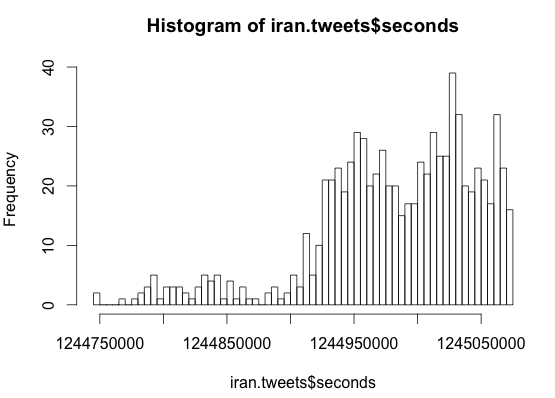
Iran Tweets Over Time, with Top 3 times highlighted
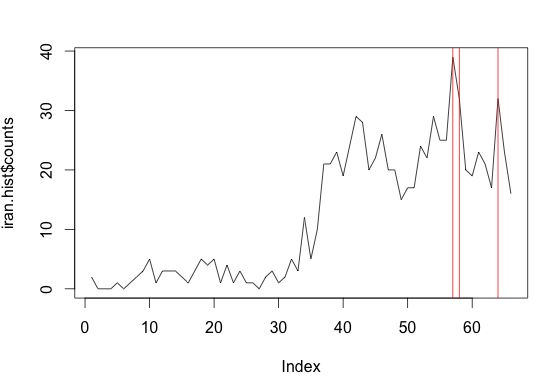
Iran Tweets Over Time, Smoothed
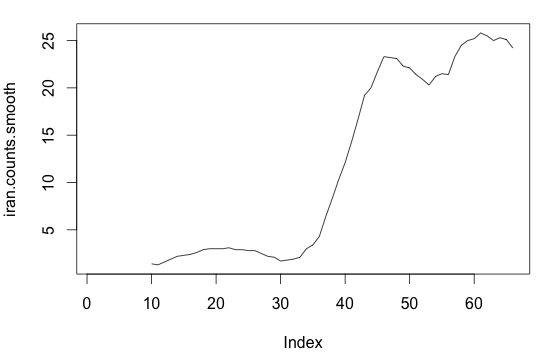
Iran Tweets where the Biggest Change happened
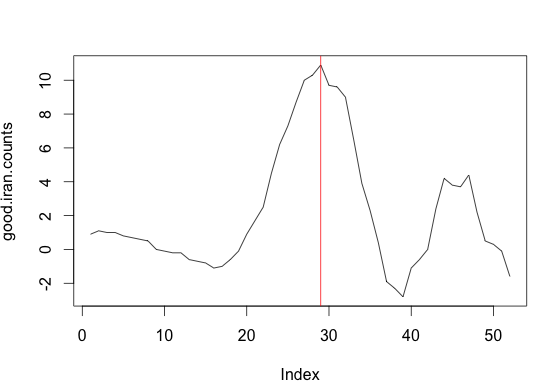
Biggest Change Correlated on the actual tweets over time (these are the tweets we want to read
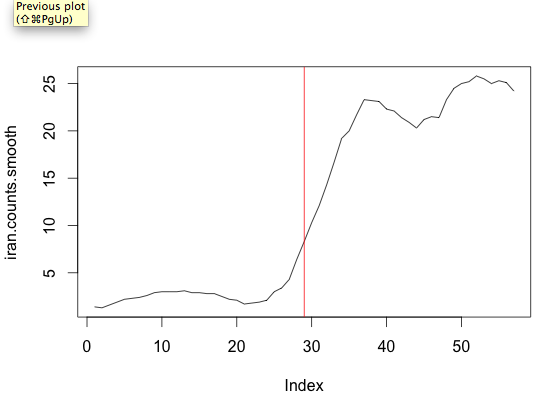
Para-Functionality in Health and Healthcare Innovations
In Hertzian Tales: Electronic Products, Aesthetic Experience, and Critical Design (pdf), Anthony Dunn introduces the concept of “para-functionality” in consumer objects. These objects are designed such a way that their use makes us reflect on how the electronic products condition our behavior. They are usable but “go beyond functionalism to include the poetic.” In the realms of health and healthcare innovation, we can often find para-functional objects in odd places.
The Treadmill Bike
It’s just like it sounds, a treadmill connected to a bicycle frame. Instead of sitting and pedaling as you would do on a normal bike, the treadmill bike let’s users run on a treadmill outdoors and steer with handlebars.
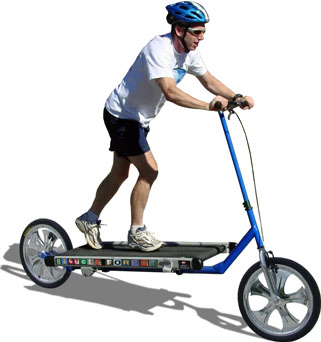
The makers of the Treadmill Bike, the Bicycle Forest, experiment with building different bike types mostly for fun. The website boasts:
When the weather’s nice, the last place you want to be is cooped up in some stuffy gym. Imagine running through evergreen forests or strolling down country roads. All of this is possible thanks to the rugged design and all terrain tires on the revolutionary Treadmill Bike.
The bike is perfectly functional. Running on the treadmill propels the runner (cyclist?) ahead and he would get the same workout as he would on a treadmill on the gym. Yet if this is the solution for taking your treadmill running outside and even possibly running errands, why not do what our grandparents did and actually pound some pavement. This is where the para-functions of the Treadmill Bike’s design come in.
First there was jogging, popularized in the 60s as a form of sociable fitness. Then treadmills entered homes as a way to go for a run when you can’t or don’t want to jog outside. Now, Bicycle Forest, took this one step further, taking the treadmill itself back outside for a jog. It’s sort of ridiculous and a nod to how the treadmill has changed our jogging behavior. It’s also a commentary on our dependence of a gym or gym equipment to do exercise.
There is something poetic about jogging in place but still be in motion at the same time.
Website: http://www.bikeforest.com/tread/index.php
Video: http://youtu.be/reyt3uiQqI8
JumpSnap, Virtual Jump Rope
 Jumping rope is a great cardiovascular workout. It’s used in the training of all sorts of atheletes. It’s a great way to build up heat in your body as a warm up or as a main component to burning calories and building stamina. The JumpSnap product is dubbed a “virtual jump rope.” It has a computer, sensors, and displays giving you stats on your jumping. What the virtual jump rope actually doesn’t have is the rope itself. A jump rope without a rope sounds like a gimmick. But with the extra computing power, this becomes another example of para-functional design.
Jumping rope is a great cardiovascular workout. It’s used in the training of all sorts of atheletes. It’s a great way to build up heat in your body as a warm up or as a main component to burning calories and building stamina. The JumpSnap product is dubbed a “virtual jump rope.” It has a computer, sensors, and displays giving you stats on your jumping. What the virtual jump rope actually doesn’t have is the rope itself. A jump rope without a rope sounds like a gimmick. But with the extra computing power, this becomes another example of para-functional design.
The JumpSnap allows its users to jump rope without the rope, essentially shortcutting the hand-feet and timing coordination needed to accomplish jumping rope. By cutting out the skills needed, JumpSnap is effectively making it easier to “train like a pro without the rope tripping you up.” The JumpSnap makes a snapping sound as you spin it to keep you in rhythm. It counts the jumps and calories burned, and uses audio voice to speak to the user.
The addition of these electronic components make up for the lack of the rope. It also begs the question whether we need a rope at all to “jump rope,” another example of how electronic products can condition our behavior. If you can achieve the same workout by doing the movements, then a rope is not needed. The JumpSnap is challenging the core meaning and activity behind a jumping rope workout. The video ad even claims that you don’t have to jump at all. Simply bending at the knees will engender similar results without impact on the body. This essentially means that JumpSnap is promoting a product with which you can “jump rope” without a rope and without jumping. So with enough motivation, you can probably “JumpSnap” without a JumpSnap too.
Website and video: https://www.jumpsnap.com/
The Concrete Chair

Outside of the fitness category, this piece is more of an artistic statement. “The Concrete Chair” by Stefan Zwicky takes Le Corbusier’s “LC2 armchair” and transforms it into a monolithic piece of furniture which expresses the weight and cold nature of concrete. We use concrete most commonly for building structures, streets and sidewalks. The best chair, arguably, is one that is comfortable to sit on and easy on the body. By presenting a concrete chair, Zwicky is marrying these two concepts and creating a poetic reflection on the function of chairs: sitting comfortably on the street and sidewalk.
Although this is not an electronic product, the Concrete Chair asks us to reflect on our conditioned behavior of sitting in chairs. We’ve evolved chair design to make sitting better on the body. However there is a growing evidence that shows how sitting for hours at a time has a negative effect on one’s health. There is movement of people building awareness of the stress effects of sitting on the body. Some go as far as to conclude that sitting can kill you.
Sitting on the Concrete Chair is probably not any more desirable than sitting on a concrete floor. Perhaps the reflection here is maybe standing is just fine.
The Concrete Chair: http://www.stefanzwicky.ch/
Sitting Can Kill You Infographic: http://www.buzzfeed.com/
Get Up. Get Out. Don’t Sit (NYTimes – 10/17/12): http://well.blogs.nytimes.com/
Simple Direction Glove
For midterm I sewed 8 LEDs to represent the 8 cardinal points in a compass to a glove with a switch on the palm. Eventually this will connect to an app, to tell you which way you should walk.
What you need:
8 surface mount LEDs
16 crimp beads
Tweezers
A small piece of tape
Soldering iron and solder
A glove
Conductive thread
Regular thread
Conductive foam or velostat
A small piece of fabric
3v battery
Assemble the lights
Solder 2 crimp beads onto the surface-mount LEDs, one for the positive end, one on the negative. This is will give you ‘legs’ which you can then thread through. The tweezers are really handy here as these parts are really small. Use a piece of tape to keep things in place; and your sanity.
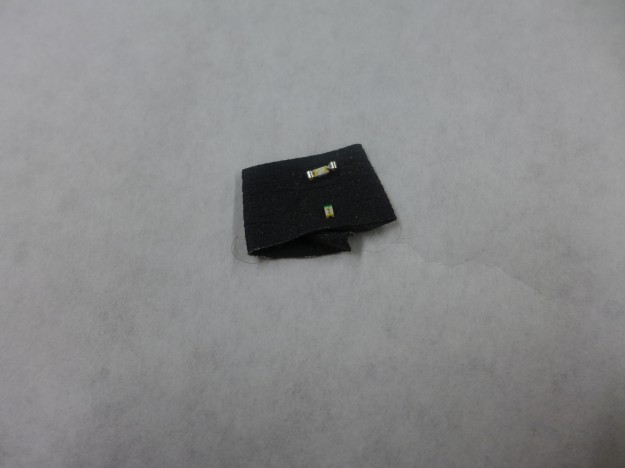
Make the switch/pressure sensor
1. Use conductive thread to stitch a pattern on each of the fabric pieces. They should be small enough to fit in the palm of the glove.
2. Place the conductive foam in between the pieces of fabric and sow the sides together.
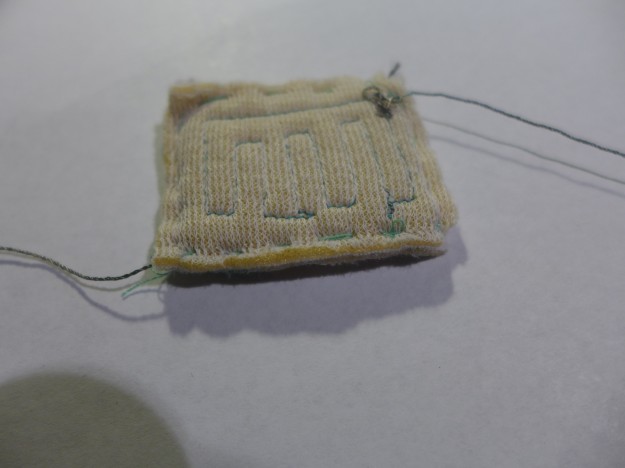 Sewing the Circuit
Sewing the Circuit
Draw your circuit on the glove. Make sure you’re wearing the glove so the placement is correct.
Sew the ground of the LEDs together
Connect ground to the switch
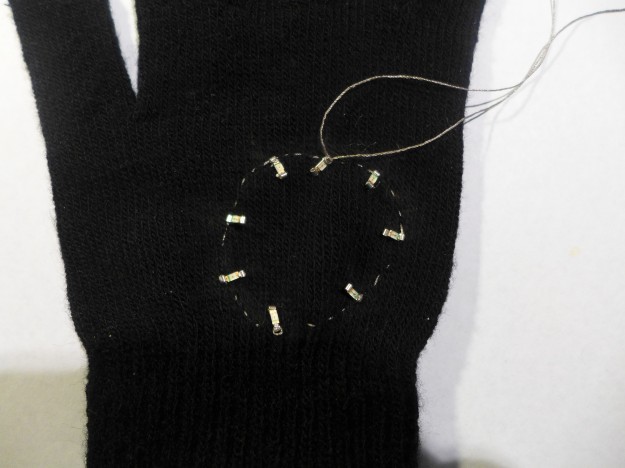
Battery holder
Create a battery holder on using regular fabric with conductive thread on each side. connect ground to the ground of the circuit.
Focus Group Notes
On Oct 8, we had the pleasure of running a focus group with a few of the tenants from 240 Central Park South. Since our projects were going in the building, this was a great opportunity to learn about the people who live there, who they are, what’re like, what life is like in the building.
Here are some rough notes I took during the session:
they are really happy there
group 1 tenants were in the building <15 years
strong sense of community
smaller building is like a village
'my floor is like a family'
one elevator caused community
more kids and the pets are cause community
shared areas, the outdoor suntanners
enjoyed interactions with the doorman, human interactions
be aware of not removing the human element in projects
Gerry picked the tenants that would be attending
Relationship with the park,
biking, running, walking the dog, personal time
Relationship with the neighborhood, history
Old Columbus Circle:
liked the old mom and pop stores
Keeping a balance between the madness of the area and loving it.
Address the coming noise, huge construction coming, 2 buildings, next door and across the street
they felt that they were in the center of the world
'capsule' neighborhoods by floor
bridging the gap between the tenants and the staff and being partners in energy efficiently
open to artwork
XBee Doorbell
Manuela Donoso and I worked at getting our xbees to talk to each other wirelessly. Here is the result:
XBee Doorbell Exercise from Michelle Boisson on Vimeo.
Behavior Design Experiment: Help Your Body Stretch Your Brain Part 2
Olya and I revisited our behavior experiment. We simplified the target behavior and the eased the ability to complete the behavior. We also attempted to upgrade our passive trigger to a timed trigger. The results are in the presentation below.

